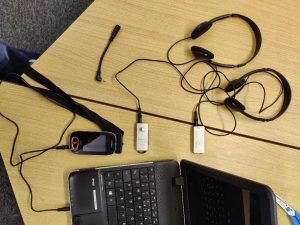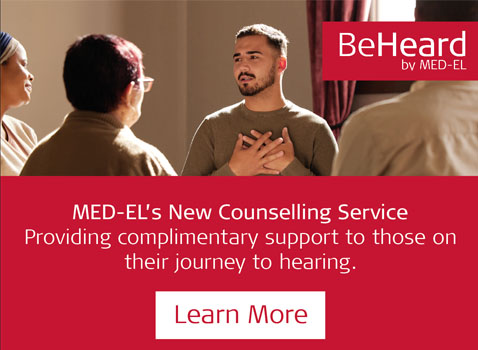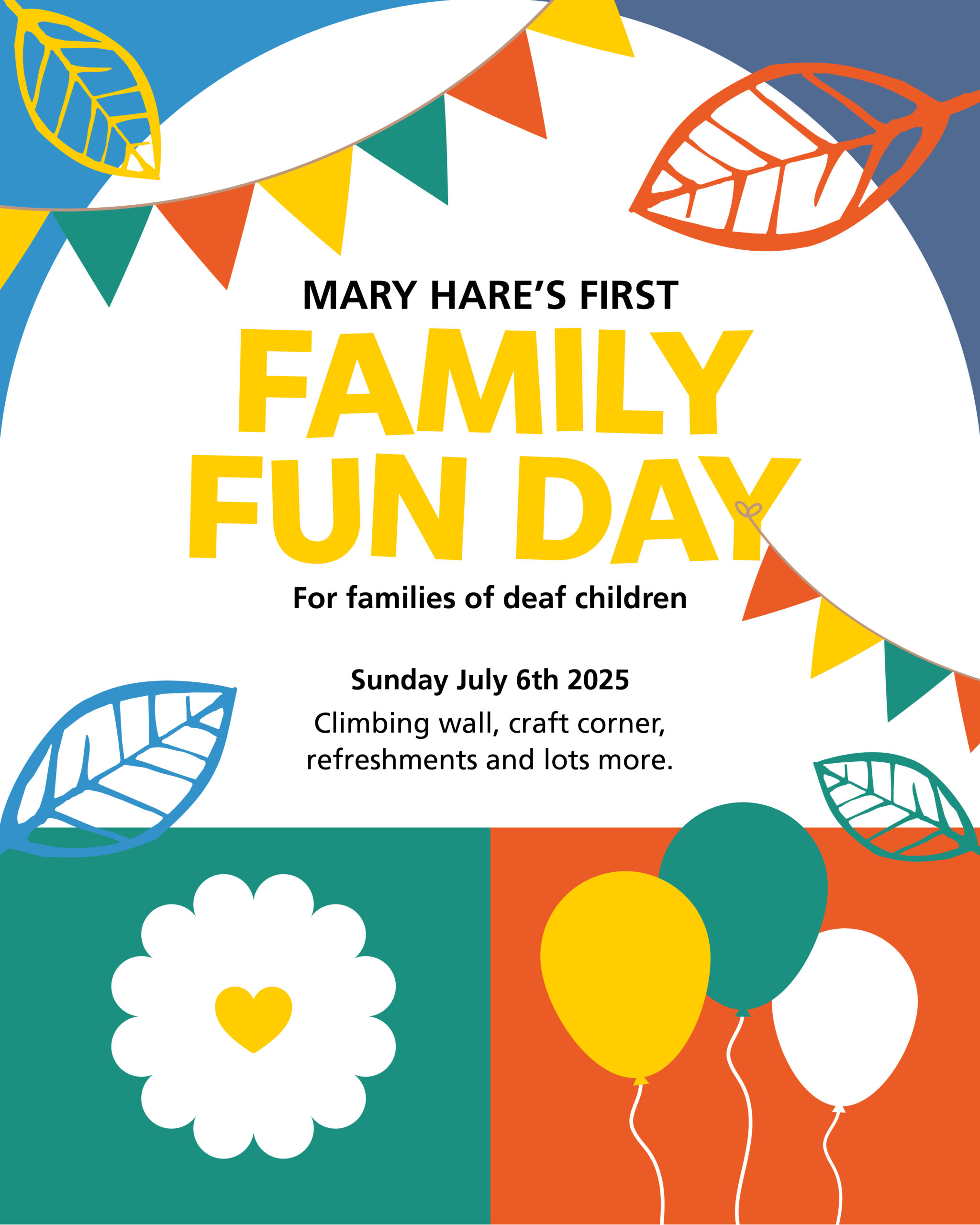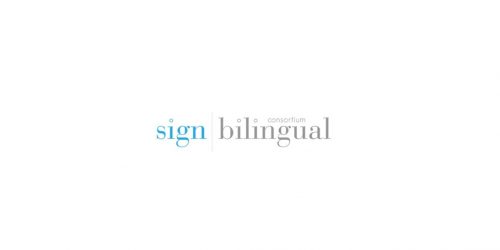Resources – Supporting deaf education

BATOD welcomes resource contributions from professionals working in deaf education
Scottish Sensory Centre – BSL Glossaries: Teaching Resources
The Scottish Sensory Centre has a collection of BSL resources to support teaching and learning, to help highlight and share other resources and avoid duplication of effort.
They note “As sources come from across the UK, they contain some regional sign variations. Use with care and consult with local BSL users if in doubt.
These links have been provided by the SSC BSL Glossary team and colleagues from across the UK and beyond. If you would like to suggest a resource for inclusion, please email [email protected]”
The Nottingham auditory implant programme
Thank you to Marie Wilkinson for highlighting the resources from the Nottingham auditory implant programme. There are many resources available. For example
NAMES: Nottingham Auditory Milestones– “NAMES is a profile that was developed by the Nottingham Auditory Implant Programme for our youngest clients (under 2-3 years old at the time of operation).”
NAMES Trajectory– “This new tool is based on, and used alongside, the NAMES profile (above). The development of the trajectory tool was based on the outcomes of implanted children measured on the NAMES profile (Datta et al., 2018). The distribution of their profile scores across five assessment time-points, established a developmental trajectory for typically developing children during the first three years after cochlear implantation.
The trajectory tool is designed and validated only for children implanted under the age of two years, who have no other diagnosed difficulties.”
Early CaLL-“Early Cognitive and Listening Links (Revised 2019) – This profile was developed by the Outreach Support Team at NAIP, for children with complex needs, specifically those with severe/profound learning difficulties.”
Heathlands
This Heathland’s webpage shows Visual Phonics, a tool that may be useful for supporting some children with lip patterns and spelling.
Diversity and representation in books
Naomi Forster has shared her new Youtube channel which is “looking at diversity and representation in books.”
Naomi explains “I am a teacher of deaf and deafblind children and have become increasingly interested in how we see ourselves represented in what we see and read. I share reviews of picture books and am starting to develop some reviews of longer form fiction and biography. I hope I can help you find something new.”
PE and sports
Thank you to the Northamptonshire Sensory Impairment Service for sharing their resource ‘Guidelines for Schools for the Safe Use of All Types of Hearing Aid Devices during Swimming and PE‘
Staff Confidence Survey
Transition grids
Thank you to Cambridgeshire Service for sharing their transition grids that colleagues can use/adapt.
Transition Grid _Pre School to Reception
Transition Grid_Home to Pre School
Transition Grid _KS3 Year 6 & 7
Transition Grid_KS4 to post 16
Transition Grid 16-25 Draft Template – special schools
Transition Grid 16-25 Applying for University (y13)
Transition Grid 16-25 Applying for Sixth Form FE
Transition Grid 16-25 Applying for College
Transition Grid 16-25 Applying for Apprenticeship _
Transition Grid 16-25 Applying for a Degree Apprenticeship
Post 16 tips and prompts generic
Draft letter of consent to contact at age 16
Story book ideas
Karen Hardwicke, QToD, wrote a book which is aimed at 6-8 year olds (deaf and hearing) to develop an understanding of Ananya’s listening devices and a deaf identity. Karen shared this Youtube reading of her book by ToD Aaron Blythe.
For Teaching Assistance and Teachers of the Deaf who are working with students in schools
Thank you to Dominic Caswell (DToD & Ed Aud) for the contribution
 In my provision based in a mainstream school, we have 1:1 staff for supporting our HI students, all in one (large) room so having 4 different lessons sounds coming out of 4 different computer speakers is not going to be productive to anyone’s learning. We set up that each student uses their radio aid to hear the teacher and the TA/Ed Coms use the MyLink or MLx Audio checker (with Link) to “hop” onto the students radio aid to listen in and then are able to support students… This enables students to hear with the optimal clarity in a quiet environment – Just be aware that the TA devices use the 2.5mm audio port not the 3.5mm audio port so either the correct size headphone plug or an adaptor is required. Also it cannot be used while charging.
In my provision based in a mainstream school, we have 1:1 staff for supporting our HI students, all in one (large) room so having 4 different lessons sounds coming out of 4 different computer speakers is not going to be productive to anyone’s learning. We set up that each student uses their radio aid to hear the teacher and the TA/Ed Coms use the MyLink or MLx Audio checker (with Link) to “hop” onto the students radio aid to listen in and then are able to support students… This enables students to hear with the optimal clarity in a quiet environment – Just be aware that the TA devices use the 2.5mm audio port not the 3.5mm audio port so either the correct size headphone plug or an adaptor is required. Also it cannot be used while charging.
Furthermore, on the issue of talking to teachers when the audio port is used: when joining the “meeting” on the joining page, you can change the default microphone (and speakers etc) to a different device such as the computer’s microphone and not the audio port.
Inferential reading in BSL
https://m.youtube.com/watch?v=Kr7PONDeobQ&feature=youtu.be
Jamie Dow, a deaf teacher from St Roch’s HS in Glasgow has kindly shared his BSL teaching resource on inferential reading as he is an English teacher working with deaf pupils.
Other resources can be found under our resources tab.






